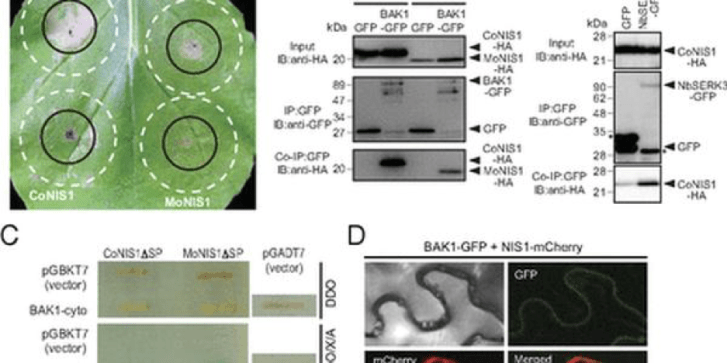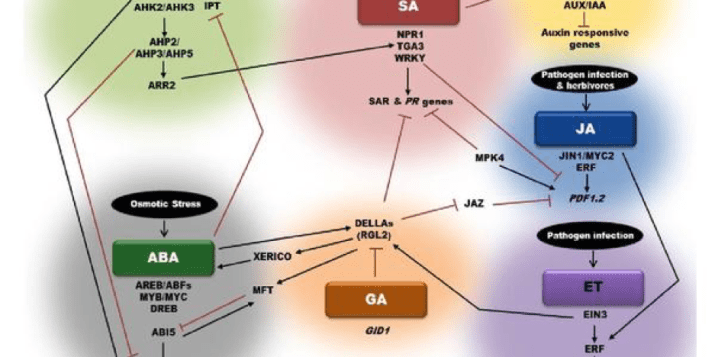
Top 5 Trending Agricultural and Biological Sciences Papers in January 2019
During January we analysed millions of open access academic papers in Agricultural and Biological Sciences to discover the top 5 articles being read by Mendeley users in the Agricultural and Biological Sciences discipline. We believe these papers will have an impact on the influential academic papers of tomorrow.
Mendeley Trending considers the number of people reading a specific paper, the change in number of new readers within a timeframe and how recently the paper was published.
Some of these papers can be viewed on the Mendeley Web Catalog, and to access others you may need to click on ‘Get full text’ to view it on the publisher’s site.
A) Identification of ADAR1 adenosine deaminase dependency in a subset of cancer cells (20 Readers)

Systematic exploration of cancer cell vulnerabilities can inform the development of novel cancer therapeutics. Here, through analysis of genome-scale loss-of-function datasets, we identify adenosine deaminase acting on RNA (ADAR or ADAR1) as an essential gene for the survival of a subset of cancer cell lines. ADAR1-dependent cell lines display increased expression of interferon-stimulated genes. Activation of type I interferon signaling in the context of ADAR1 deficiency can induce cell lethalit…
Hugh S. Gannon et al. in Nature Communications (2018)

Obtaining high-quality samples from wild animals is a major obstacle for genomic studies of many taxa, particularly at the population level, as collection methods for such samples are typically invasive. DNA from feces is easy to obtain noninvasively, but is dominated by bacterial and other non-host DNA. The high proportion of non-host DNA drastically reduces the efficiency of high-throughput sequencing for host animal genomics. To address this issue, we developed an inexpensive capture method f…
Kenneth L. Chiou et al. in Scientific Reports (2018)
C) Soil quality – A critical review (599 Readers)

Sampling and analysis or visual examination of soil to assess its status and use potential is widely practiced from plot to national scales. However, the choice of relevant soil attributes and interpretation of measurements are not straightforward, because of the complexity and site-specificity of soils, legacy effects of previous land use, and trade-offs between ecosystem services. Here we review soil quality and related concepts, in terms of definition, assessment approaches, and indicator sel…
Else K. Bünemann et al. in Soil Biology and Biochemistry (2018)

Plant pathogens have optimized their own effector sets to adapt to their hosts. However, certain effectors, regarded as core effectors, are conserved among various pathogens, and may therefore play an important and common role in pathogen virulence. We report here that the widely distributed fungal effector NIS1 targets host immune components that transmit signaling from pattern recognition receptors (PRRs) in plants. NIS1 from two Colletotrichum spp. suppressed the hypersen…
Hiroki Irieda et al. in Proceedings of the National Academy of Sciences (2018)
E) Plant hormone-mediated regulation of stress responses (376 Readers)

Background: Being sessile organisms, plants are often exposed to a wide array of abiotic and biotic stresses. Abiotic stress conditions include drought, heat, cold and salinity, whereas biotic stress arises mainly from bacteria, fungi, viruses, nematodes and insects. To adapt to such adverse situations, plants have evolved well-developed mechanisms that help to perceive the stress signal and enable optimal growth response. Phytohormones play critical roles in helping the plants to adapt to adver…
Vivek Verma et al. in BMC Plant Biology (2016)
That’s it for open access Agricultural and Biological Sciences papers this month. If you enjoyed this post, please let us know with a like or share.
Explore the Mendeley Web Catalog here.
















